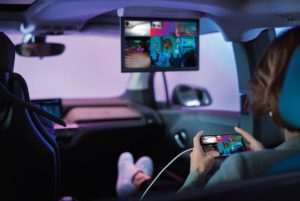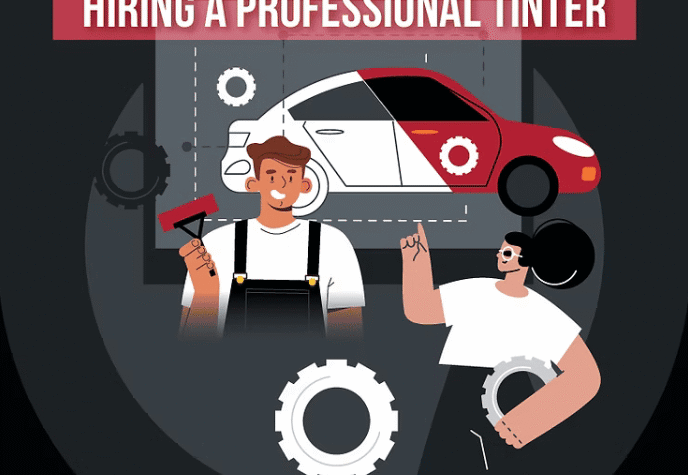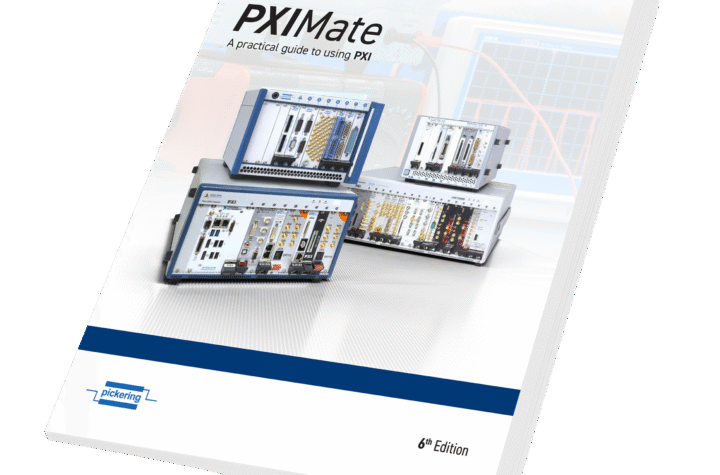
The BMW i3 Urban Suite i3 concept made its debut at the CES 2020 where visitors were invited to experience the future of transport first-hand.

concept made its debut at the
CES 2020 where visitors were
invited to experience the future of transport first-hand.
It is probably impossible to pinpoint exactly when it stopped being fun to be in a car. Different countries and markets will have their own defining moments.
However, the common theme will be congestion. There is no fun sitting in a box which is crawling along at bicycling speed or less.
This is reflected in our popular music. There are few modern classics like the Beatles’ Drive My Car or Brand New Car by the Rolling Stones.
Today it is more like Paul Simon’s Cars are Cars, where the first verse is “Cars are cars All over the world; Similarly made; Similarly sold; In a motorcade; Abandoned when they’re old”.
There is little that the automotive industry can do about congestion on the roads, so it is focusing on what it has been doing for over 100 years – innovation. This time in partnership (and also competition) with a sector which is as disruptive as the motor car was in an era of horse-drawn transport – the moving of data from one point to another wirelessly at increasing speeds and through a rapidly-growing network that follows the roads built for the motor car.
And this is where OEMs are finding ways to put the fun back into motoring – through streaming infotainment for the alwayson generation. This is also where marques and models are being differentiated.
Vehicles are becoming mobile entertainment and information centers, catering for both drivers and passengers. Until the advent of truly autonomous cars the driver has to keep her or his eye on the road, which is the reason that OEMs like BMW have introduced technology and systems that combine to keep the driver both informed and entertained. It’s good to opt for the best internet availability by address, but now you’re no longer restricted by your household for fast connections and entertainment considerations.
The BMW Connected service will keep the occupants of the vehicle connected at no charge and with unrestricted use for three years ex-factory. It is available in 14 European countries. Included in the package is Connected Music, which provides unrestricted in-car access to the customers’ Spotify, Napster or Deezer streaming accounts, complete with their personal playlists and settings. Connection is via the car’s own SIM card rather than indirectly using a smartphone, meaning the services do not consume any of the customers’ personal data.
Music selection is hands-free, with the BMW Personal Assistant responding to voice requests for particular tracks or selecting a compilation of favorites. Once a song has been played, Connected Music saves it to the hard drive of the in-car audio system. Users can therefore still access their music if the connection is interrupted.
OEMs are catering for passengers by providing access to streaming video and in-car Wi-Fi connections. The BMW i Interaction EASE interior is a large panorama head-up display positioned directly in front of the seating area. There is a choice of three experience modes – explore, entertain and ease – which alter the interior, integrate information on the vehicle’s surroundings and provide in-car entertainment, privacy or relaxation respectively. A growing number of manufacturers provide personal screens on which passengers can watch streamed video content.
There is a variety of business models, with companies like Tesla charging a monthly fee (US$9.99 plus relevant taxes) for cellular connectivity that allows occupants to stream audio and video. Owners of certain Toyota models can now turn their cars into Wi-Fi hotspots using one of the packages the company has negotiated with telecoms companies around the world. In South Africa all Toyotas come with 15 GB of free data as part of the Toyota Connect service.
OEMs have to find ways of capturing loyalty from their customers if they want to change their business models to sell information and entertainment as well as mobility. A JD Power survey found that the majority of car owners surveyed (76%) would prefer to continue using the same familiar voice assistant from home in their next vehicle. This puts tech firms like Google, Apple, and Amazon in pole position in the race to gain access to consumer spending power. Their systems are already being integrated into vehicle infotainment hubs.
The findings are supported by the Capgemini Research Institute, which predicts that nearly three-quarters of drivers will use an in-car voice assistant three years from now. Consumers are anticipating they will use the voice assistants in their cars for a variety of services, including infotainment.
Chinese tech firms are also bringing voice assistance into the car. According to Alibaba its voice assistant for the connected car, the Tmall Genie Auto, will be featured in Audi, Renault, and Honda vehicles.
There is already another Chinese tech company in the market – Baidu, which has developed an automotive version of its conversational AI platform. Baidu’s platform DuerOS is in vehicles made by the likes of Ford, Hyundai and Kia.
Automakers have one advantage over the tech companies – they understand cars. More specifically, they understand what it takes to drive a car – how the driver and occupants interact with the vehicle. This is important for driver voice assistance. The big tech companies are catering for too diverse a market to be able to focus on a single niche such as automotive applications.
Just weeks after announcing in 2018 that it would be integrating Amazon’s Alexa into its vehicles BMW showcased its digital personal assistant for car. Ford is putting its latest version of its proprietary SYNC 4 voice assistant into selected models from 2020.
According to BMW, the two voice technologies complement rather than complete with each other. Vehicle-related tech includes suggesting when lights should be switched on, advising of upcoming servicing and helping drivers to navigate the onboard features. OEMs will also want to be able to sell additional information and entertainment through their voice assistants.
In addition to focusing on vehicle controls, OEMs are looking at new ways to enhance the passenger experience. For entertainment both OEMs and the tech giants are capitalizing on advancements in connectivity technology that enable higher quality gaming and content streaming. These services could create new monetization opportunities for automakers, retailers, and mobility service providers alike, as they could all take a cut of any revenue generated.
Improvements in mobile payment technology are also opening up the world of shoppertainment – or in-car purchases. In-vehicle retail, along with gaming and streaming, create new revenue channels for ride-hailing drivers and retailers, while enhancing the passenger experience.
To keep passengers entertained in a driverless future, auto OEMs and tech firms — such as Audi and Intel — are developing immersive in-vehicle experiences. Audi made headlines at CES in January with Holoride, which integrates VR games and movies with real-time vehicle data to create a “motion-synchronized” VR experience for passengers.
Tesla is talking about integrating content subscriptions into its next fleet of vehicles. Netflix and YouTube streaming are available in some Tesla vehicles.
There are also applications or services which help to keep the driver’s attention focused on the on the road. Amazonbacked Drivetime, which raised $11 million in Series A funding, is developing interactive voice-based games for drivers.
Everyone in the automotive infotainment space therefore seems to be singing off the same hymn-sheet. Time will tell whether it is the OEMs or industry newbies who produce the platinum record hits.












More Stories
Professional vs. DIY Tinting: What You Should Know
New updated edition of “PXIMate” reference guide for T&M engineers available from Pickering Interfaces
5 Mistakes That Can Ruin Your Car Accident Claim